If you’ve watched Japanese movies and animations, you have probably seen kumiko woodworking already!
Kumiko woodworking has an important place in traditional Japanese architecture. But what is kumiko woodworking? In this article, we are going to introduce this ancient Japanese art that is welcomed all over the world today and has many uses. Stay with us.
What is Kumiko Woodworking?
“Kumiko” is a traditional woodworking technique that creates fine geometric patterns by combining thin pieces of wood without using nails and even glue. Actually, laths of wood remain in place through pressure alone, the result is the image below.
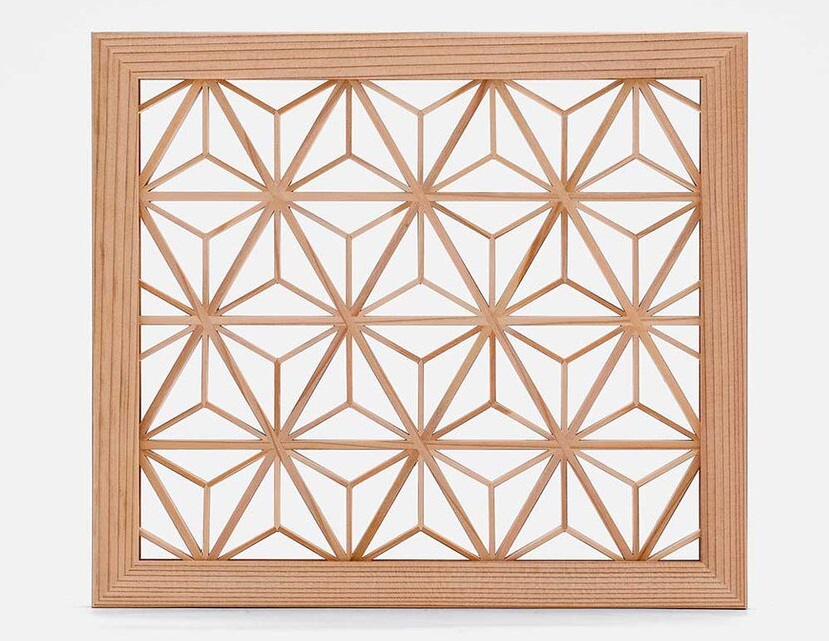
You have probably noticed that glue-free work is achieved through meticulous calculating, cutting, and arranging.
Where Does Kumiko Woodworking Come from?
Since ancient times, Kumiko woodworking art has been used for Japanese-style rooms such as shoji, but with the decrease in Japanese-style rooms, Kumiko’s technique has declined.
The shōji frame is a panel called a kōshi, literally “lattice”. It is assembled from interlocking laths of wood or bamboo called kumiko. “Kumiko” literally means “woven”.
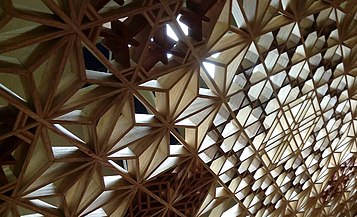
With this explanation, it is clear where the name of kumiko woodworking comes from.
Lichtenberg Wood Burning eBook

Download Lichtenberg Wood Burning eBook
One of the modern techniques for creating wooden artwork is called Lichtenberg wood Burning. In this eBook, we are going to introduce this newfound art to you.
This technique is known with some different names such as Lichtenberg wood burning, fractal wood burning, and electricity wood art.
This technique should not be confused with wood burning art or pyrography. The art of pyrography on wood is the art of creating motifs and designs by burning with hot metal tools on objects such as wooden surfaces.
Lichtenberg burning is a wood-burning technique for creating designs with electricity.
This eBook is a comprehensive guide on Lichtenberg Wood Burning. All you need to know for Lichtenberg Wood Burning is here.
This is a limited-time offer, order now to get access to the future eBook releases.
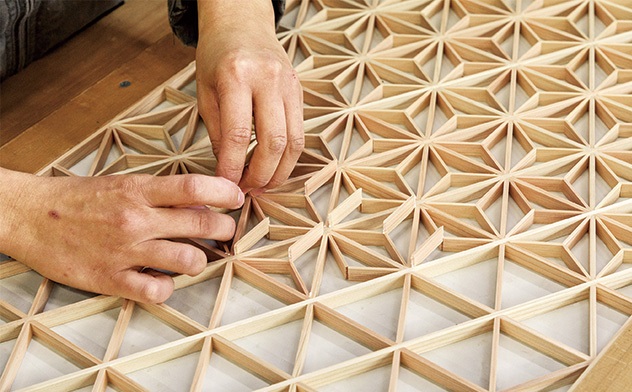
Kumiko work is like the picture above, with a delicate combination of straight lines and curves made of fine wood pieces.
Kumiko patterns can be seen as a decoration for the handrails at Horyuji Temple, which was built during the Asuka period (Asuka period in Japanese history and art is the era from 552 to 645 ce) and is the oldest existing wooden building in the world.
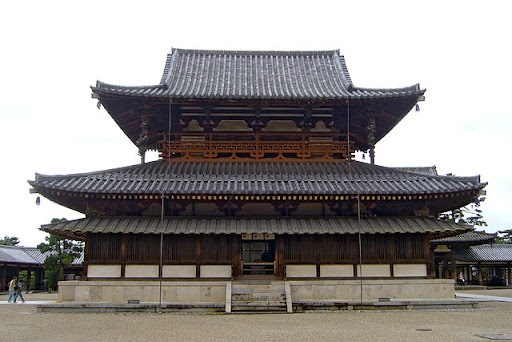
How is a Kumiko Woodworking Project Made?
Kumiko woodworking is done with different methods and techniques, which we will mention at the end of this article.
Sometimes CNC may be used in modern methods, or glue may be used for the joints. But the Kumiko art is originally handmade and everything is done by hand. In addition, nails, screws, or glue are not used for connections.
See wood joints without nails.
Let’s take a look at how to make a simple Kumiko woodworking project to get a better understanding of it.
As you can see in the video above, in this art everything is done by hand, from the carving of each individual piece to the assembling of the finished panel. There may be hundreds of pieces of wood in a project, and you can probably imagine how hard this art can be.
In order for each piece of this large puzzle to be in the right place, each piece must be cut very carefully (each piece must be accurate to within 0.1mm).
The geometric patterns used in this art are symmetrical and have changed according to the culture of each country. Let’s first look at the place of Kumiko woodworking in the world, and then we will refer to the traditional patterns of this art.
The Place of Kumoko Art in the World
Kumiko art today is not unique to Japan. Kumiko art, like many other arts, has changed with the culture of each country and is used in different countries to create visual forms with different uses of this art. For example, this art is mostly seen in religious places in the Middle East. When a tourist sees them, he may interpret them as Islamic motifs.
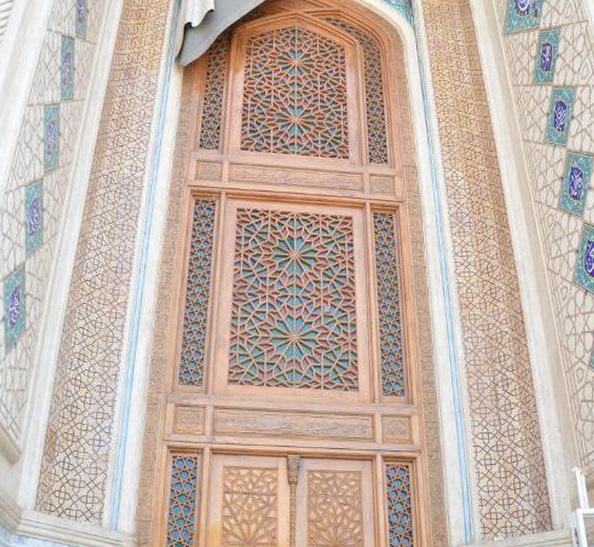
This art was not well known in western countries until 10 years ago. For example, in the image below, you can see the google trend of the phrase ” Kumiko Woodworking” in the United States in the last 18 years.

However, today this art has many fans all over the world and is no longer specific to Asia. In Western countries, the Kumiko woodworking technique is often used to make decorative or functional items.
Kumiko Woodworking Patterns and Projects
It is clear that Kumiko patterns have no limits and each woodworker can create a new pattern through experience and creativity. However, there are several traditional patterns in this art, some of which you can see below.
Reference picture of patterns: www.tanihata.co.jp
Asanoha Pattern
These motifs mean power and beauty in Japan. Asanoha pattern is one of the most popular patterns around the world.
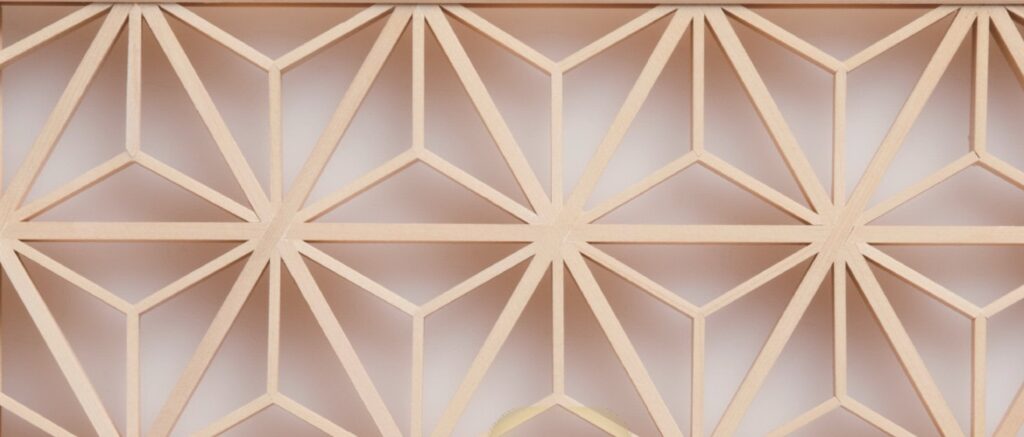
Goma Pattern
In Japanese restaurants, this pattern is used for the health of their customers.
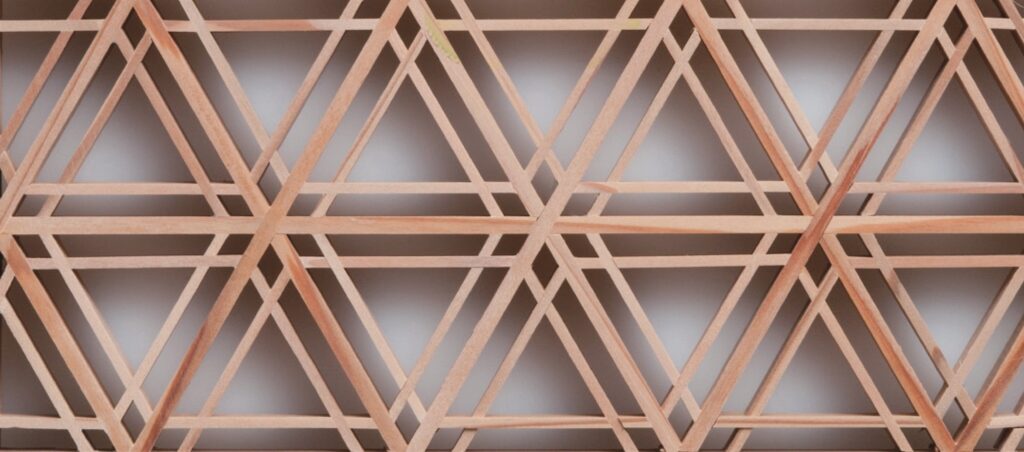
Sakura Pattern
Sakura means cherry tree. The cherry tree is the most popular flowering plant in Japan. This Kumiko pattern is one of the most popular patterns in Japan.
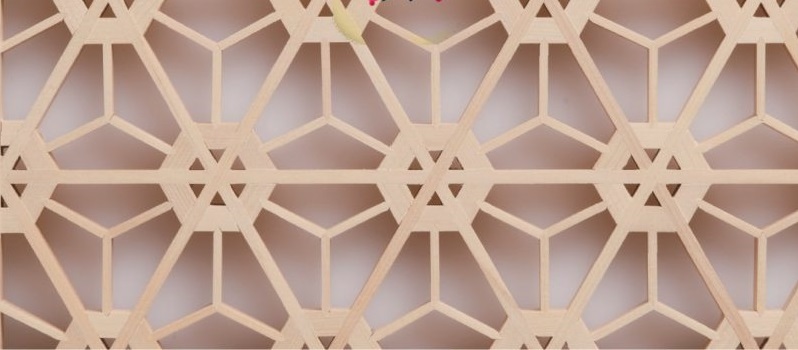
Saya-gata Pattern
These motifs mean immortality and are used by the Japanese people for the well-being and longevity of their families – Saya-gata sattern
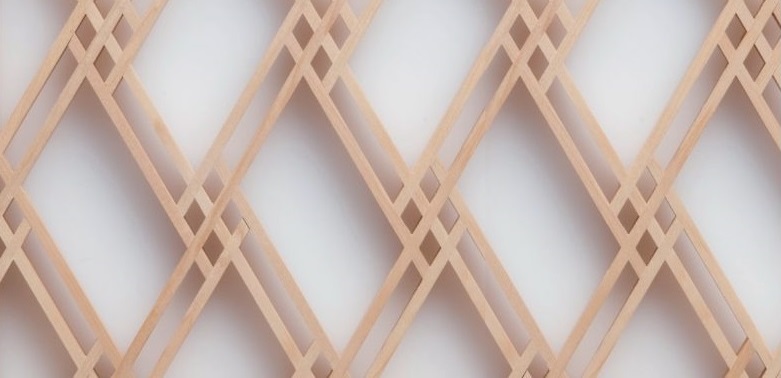
Tsumiishi-kikko Pattern
The hexagonal pattern (Tsumiishi-kikko) from the turtle indicates that the Japanese people wish to live together like turtles for thousands of years.
It is interesting to know that the Japanese have the longest life expectancy in the world on average.
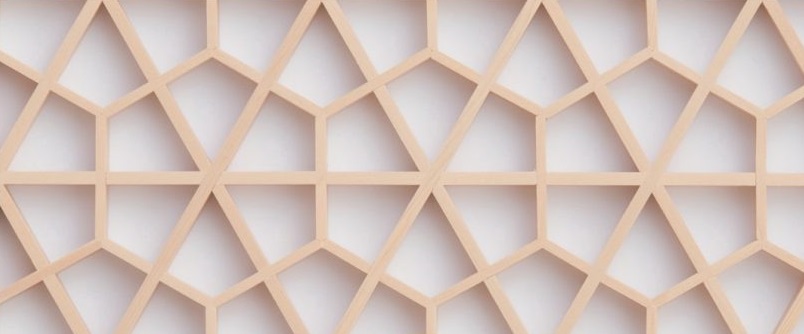
Other Kumiko Patterns
Above you can see some of the patterns. There are many Kumiko patterns and some of the other popular patterns are:
- Shokko
- Izutsu-wari-bishi
- Sanjyu-bishi
- Seikaiha
- Shippo
- Kakuasa
- Kasane-rindo
- Kagome
As mentioned, Kumiko art is used to make small wooden decorative and functional wooden items such as a coaster cup, plant stand, Kumiko photo frames and etc. Each of these Kumiko patterns can be used in a specific project.
Even Kumiko art can be used to make very small items such as earrings. Kumiko woodworking uses flowerlike patterns to assemble wood pieces. So it can be used to make the following earrings.
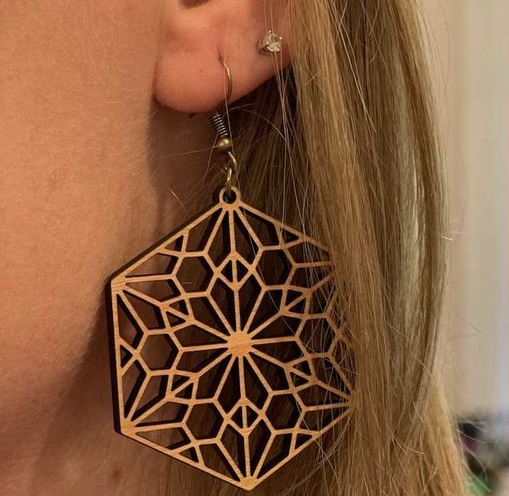
You can see that this Japanese art can be used to make the biggest projects like the door of a holy place to the smallest projects like an earring and be inspired by its patterns.
Kumiko woodworking tools
Different tools are used in Kumiko woodworking, which depends to some extent on The skill and experience of the woodworker and the method used.
The common usual hand tools used in the Kumiko woodworking workshop are as follows:
- Laths of Wood
- Plan of Pattern – First of all, you have to prepare the plan of pattern you want.
- Hammer – A hammer is used to strike laths of wood. Hammers are generally divided into two parts, the handle, and the head, which have different types. It is better to use plastic hammers to do this.
- Kumiko Jigs – Guide blocks to cut the heads of blocks at different angles.
- Woodworking Hand Clamps – Hand clamps are used to close workpieces that require pressure and pressing.
- Hand Saw
- Ruler and Goniometer
- Chisel
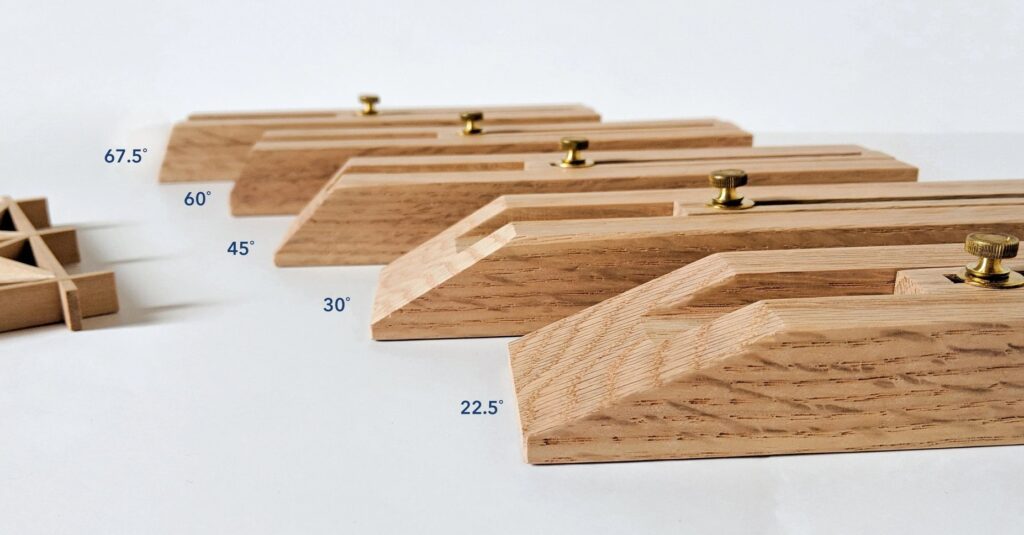
What wood is used for Kumiko Woodworking?
First of all, note that any wood can be used in Kumiko woodworking. But Japanese cedar (Sugi, sometimes called Japanese Cedar) and cypress wood are commonly and traditionally used.
Generally, light-colored wood and softwoods are usually used for Kumiko woodworking. Also, if your project is small, it is better to use harder woods.

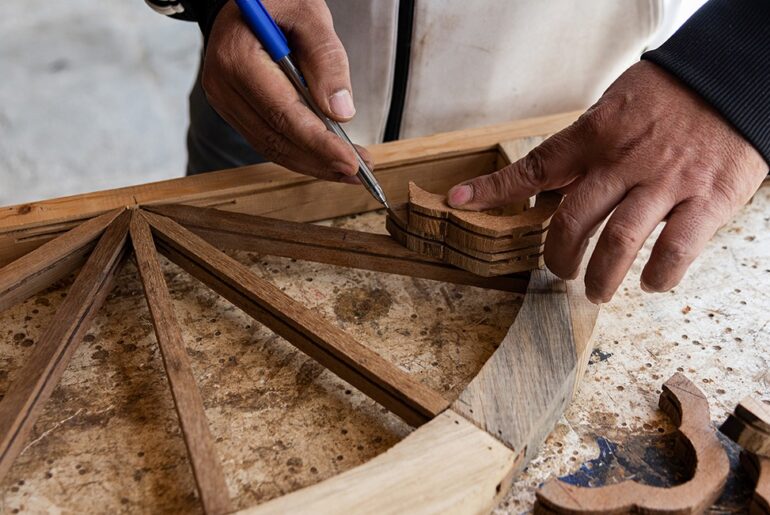


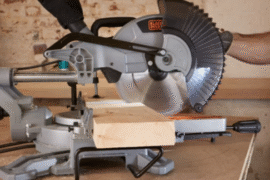


Comments
Pingback: 13 Kumiko Woodworking Patterns - Wood Dad